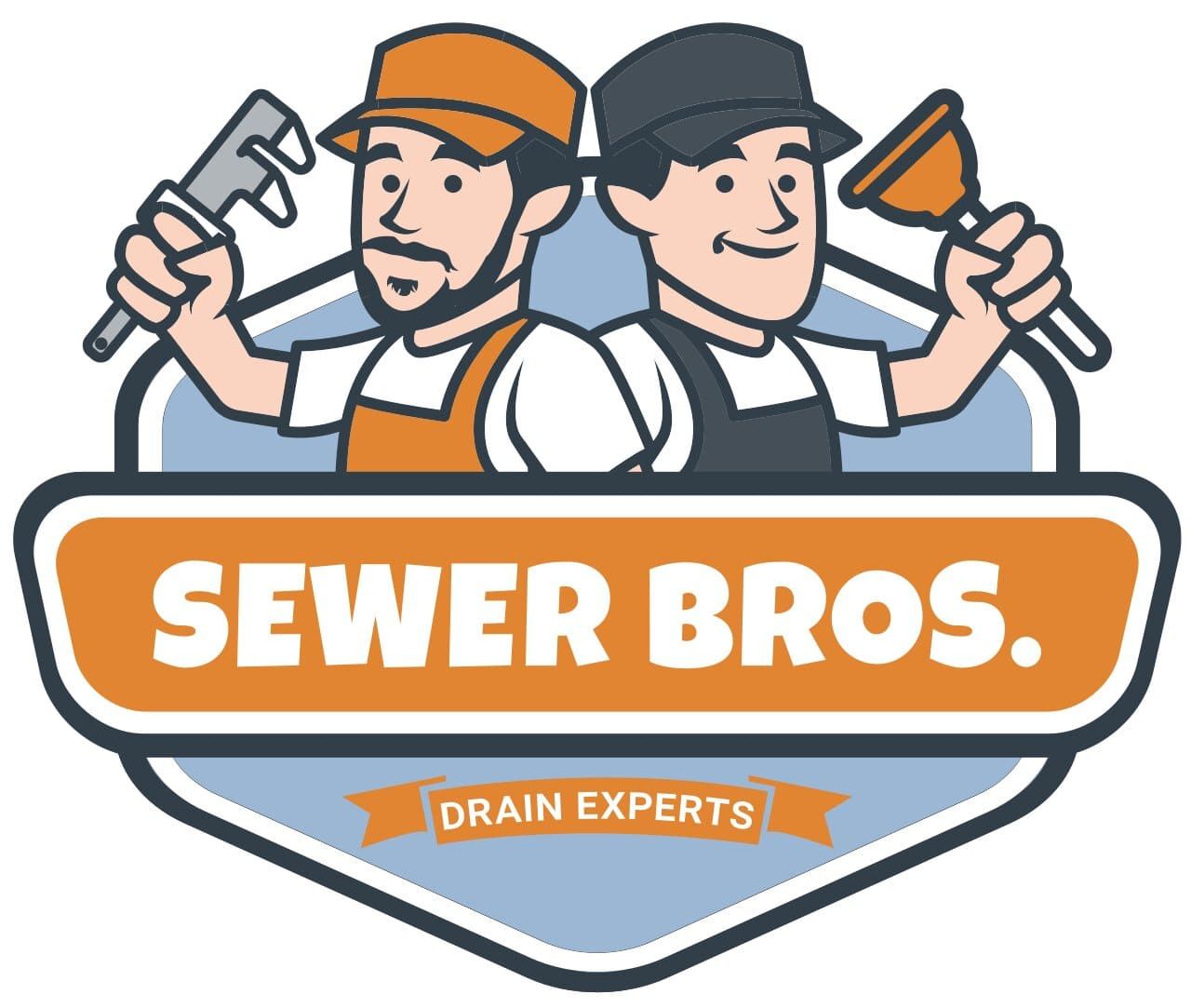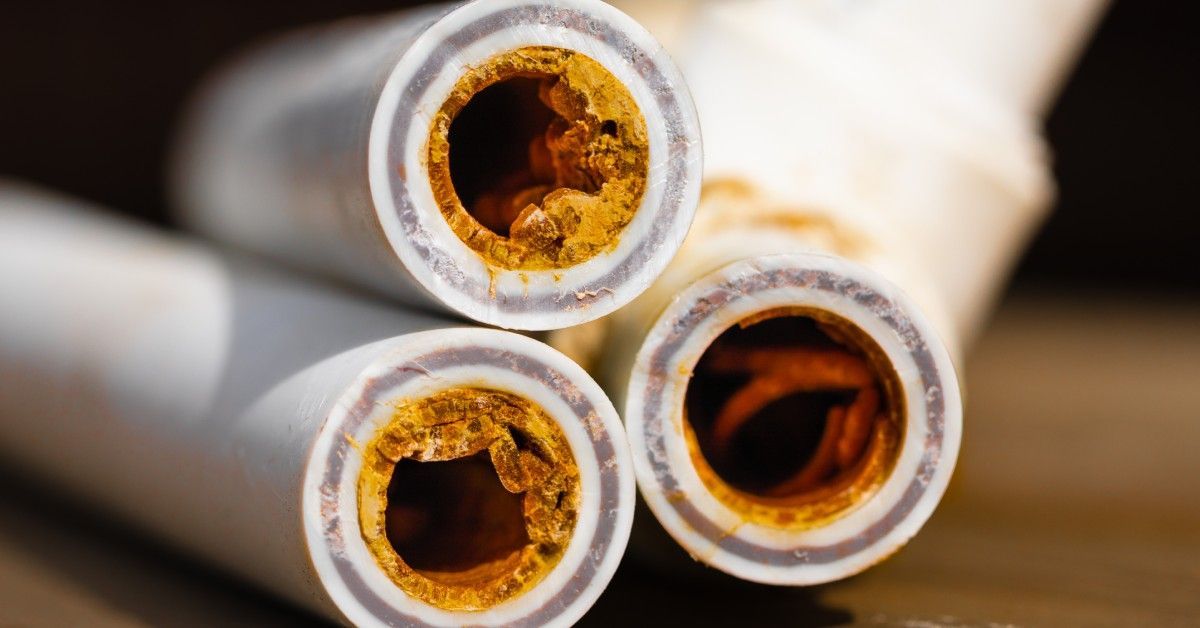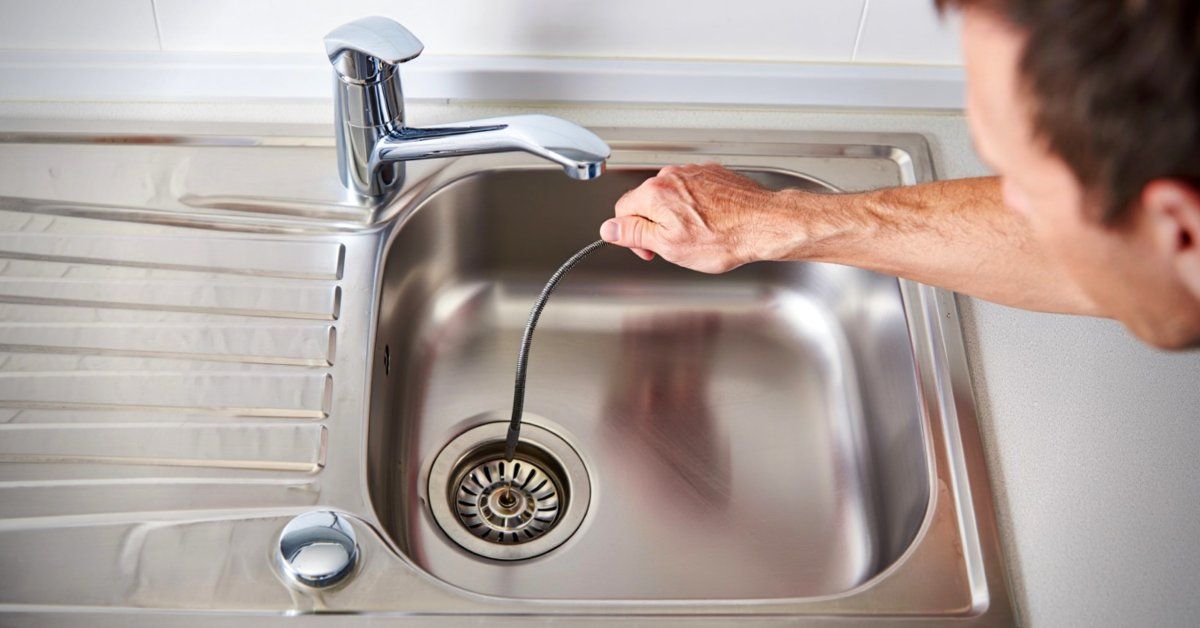Camera vs. Hydrostatic Plumbing Test: What’s Best for You?
Plumbing problems can be more than just an inconvenience; they can disrupt your entire household’s routine. If you’re dealing with recurring issues such as slow drains, unexpected clogs, or unexplained water usage, it’s essential to get to the root of the problem. One of the first and most vital steps is determining how to inspect your plumbing effectively. When choosing between a camera inspection and a hydrostatic plumbing test, it’s important to know what each method offers and when each is most appropriate.
Both methods are reliable, but they serve unique purposes. Whether you’re a homeowner wrestling with plumbing woes or simply planning some proactive maintenance, understanding the ins and outs of these inspections will help you make the best choice for your situation.
Understanding Camera Inspections
Camera inspections are among the most straightforward and noninvasive methods for evaluating your plumbing system. By inserting a small video camera into your sewer lines, professionals can access a live look at the condition of your pipes. This provides real-time insight into issues such as clogs, cracks, or pipe misalignments.
One of the standout benefits of camera inspections is their precision. With a real-time view, specialists can pinpoint the exact location of a problem and determine its cause. This eliminates the guesswork traditionally associated with plumbing repairs. Plus, because the inspection does not require water or pressure, it’s an especially clean and efficient option.
Our residential sewer camera inspection in Salem, MA , ensures homeowners receive a targeted and effective evaluation of their plumbing. Whether identifying debris build-up, collapsed pipes, or even tree root intrusion, this method provides clarity with minimal disruption.
However, there are limitations to keep in mind. While camera inspections are excellent for identifying visible issues, they can’t always detect the more subtle problems, such as tiny leaks or minor pressure imbalances that aren’t readily apparent on a screen. That’s where other methods come into play.
Exploring Hydrostatic Plumbing Tests
A hydrostatic plumbing test is another robust method for diagnosing plumbing issues, but the approach here is quite different. This test involves sealing off your plumbing system and introducing water under controlled pressure to determine if there’s a leak. If the pressure level drops during the test, it’s a clear sign that something is wrong.
Hydrostatic testing is particularly effective for detecting leaks that may otherwise go unnoticed, as it evaluates the structural integrity of the system. For example, even if a pipe seems intact during a routine visual inspection, a hydrostatic test can reveal whether it is truly secure under pressure or is failing at a microscopic level.
This method is highly useful for evaluating entire systems, especially for larger properties where pinpointing small issues could be difficult through other means. It’s a practical choice for those seeking peace of mind about the overall condition of their plumbing.
That said, hydrostatic testing might not always be the right first step, particularly if there’s already evidence of a major issue. Exposing a compromised pipe to pressurized water could result in further damage, meaning this test could inadvertently exacerbate the problem in an already sensitive system.
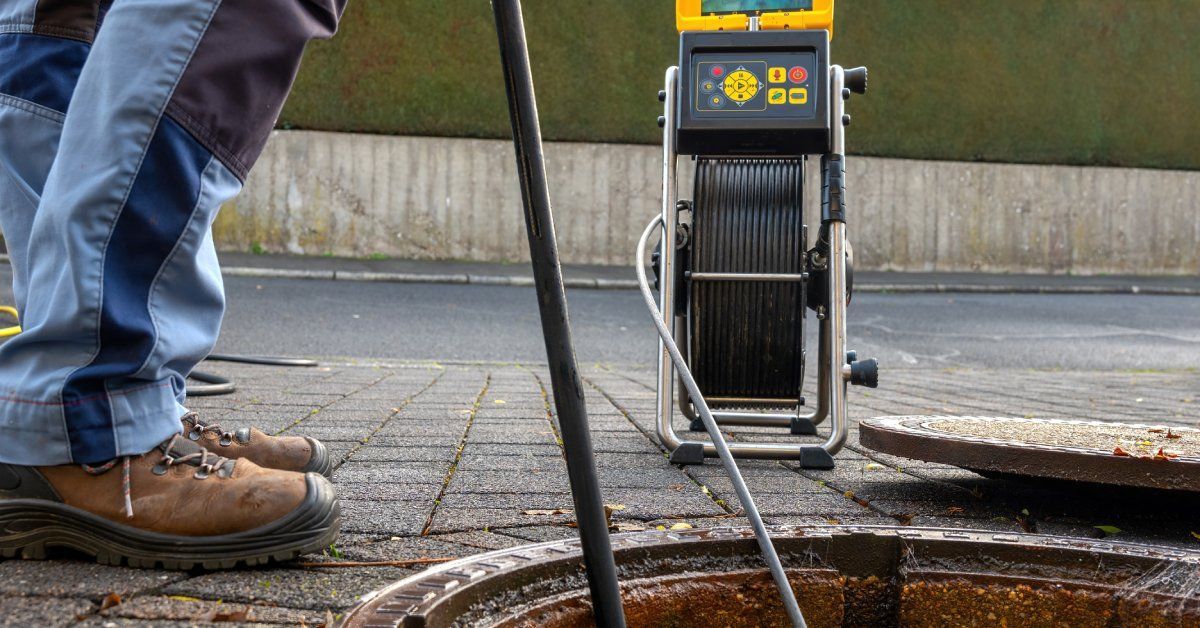
Key Differences Between the Methods
Determining whether a camera inspection or hydrostatic plumbing test is right for you depends entirely on what you are hoping to achieve and the current condition of your plumbing system. Camera inspections shine at diagnosing visible, physical issues. They allow plumbers to identify blockages or breaks without needing to guess or perform invasive work. Because these inspections are noninvasive and provide live visuals, they are often the first choice when a visual look inside pipes is enough to make an assessment.
On the other hand, hydrostatic testing is more diagnostic. It can reveal hidden vulnerabilities that a camera can’t detect, such as small leaks or weaknesses under pressure. This method is particularly suited for comprehensive evaluations or situations where unseen leaks are impacting performance.
Another distinction lies in preparation. Camera inspections require very little setup; a plumber can begin the process almost immediately after arriving on-site. Hydrostatic tests demand more preparation, such as sealing off parts of the system. They also have stricter conditions, as damaged pipes might be too weak to handle the pressure applied during the test. Ultimately, these differences highlight the importance of consulting with a professional to determine the right approach for your plumbing concerns.
Choosing the Best Method for Your Needs
Knowing when to opt for a camera inspection versus a hydrostatic test can feel like a balancing act, but the answer lies in your unique situation. If you’re encountering repeated clogs, slow drains, or irregular sewage backups, a camera inspection is likely the best place to start. It’s a fast and efficient way to zero in on the precise location of the issue and understand its cause. For homeowners experiencing these kinds of problems, working with a local provider to schedule a residential sewer camera is a straightforward way to get answers with minimal disruption to your plumbing system.
Conversely, if you are concerned about leaks, water pressure, or the overall integrity of your system, a hydrostatic plumbing test may be more appropriate. This method offers a comprehensive look at areas where there might be undetected leaks or weaknesses. While it might take more preparation and may not be suitable for already-damaged pipes, it is unmatched in diagnosing hidden flaws.
Both methods have the shared goal of providing clarity and actionable insight into your plumbing. While their approaches differ, their purpose overlaps—to help you maintain a healthy and efficient plumbing system.
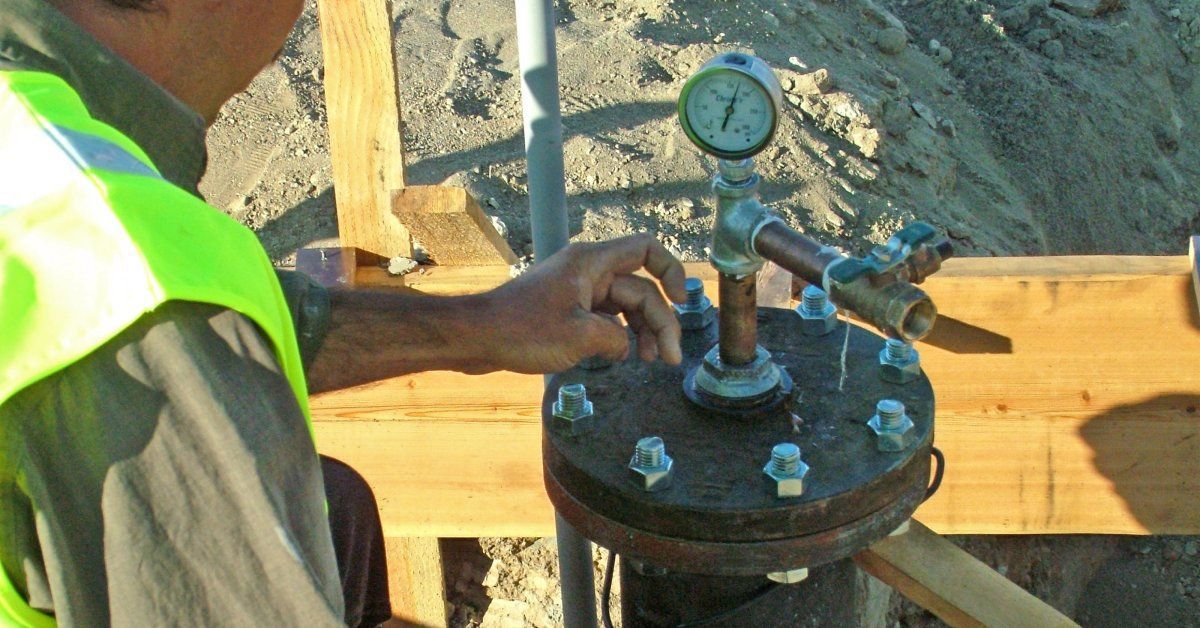
Conclusion
Understanding the nuances of camera inspections and hydrostatic plumbing tests empowers homeowners to make informed decisions about managing their plumbing systems. Both methods have their strengths, and the selection depends largely on your needs and goals.
If you’re unsure where to start, consulting with a qualified plumbing professional is always a smart choice. They can use their expertise to guide you toward the right solution, sparing you unnecessary damage or expense while addressing your concerns accurately.
